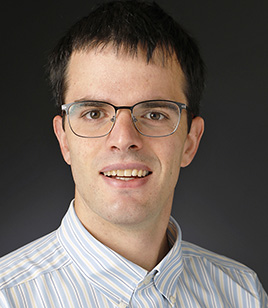Planet Formation Initiative
The TAP Planet Formation Initiative undertakes the study of theories of the formation and evolution of the Solar System and exoplanet systems
Star and Planet Formation Theory Group
The Star and Planet Formation Theory group studies the origin and early evolution of stars, planets, and the disk out of which they form. Using analytic and computational techniques, we tackle astrophysical puzzles across 20 orders of magnitude in scale, encompassing everything from the physics of dust growth in protoplanetary disks to the collapse of magnetized, turbulent molecular clouds. Email Profs. Kaitlin Kratter or Andrew Youdin to join the mailing list for group meetings
Planet Formation Lab
The Planet Formation Lab in the Lunar and Planetary Laboratory studies theories of the formation and evolution of the Solar System and exoplanet systems with an emphasis on the origin of geologic bodies including asteroids, comets, satellites, and terrestrial planets. The work is in part laboratory/exploration-based, focusing on discovered and measured physical properties of planetary bodies and meteorites, and in part computations-based, simulating the physics of regimes where laboratories cannot easily go, such as giant impacts in 3D. It is from such collisions that the terrestrial planets were born, and from which meteorites derive, so the research connects solar system dynamics with petrogenesis, including the study of planetary bodies and their samples. To join in or lead a group discussion please contact Prof. Erik Asphaug.
TAP Planet Formation Lecture

Kedron Silsbee, University of Texas at El Paso
The Planet Formation Initiative will host Kedron Silsbee March 11-15, 2024. See visitor schedule to select a meeting time.
Please join us for Kedron’s TAP Lecture. Details below:
Date: March 13, 2024, 12:00-1:00pm, Steward Observatory Room 550.
Title: Growth, drift and pile-up of planetesimals in binary systems
Join the TAP mailing list to receive future talk updates and announcements.
Image credit: ESA/Hubble & NASA